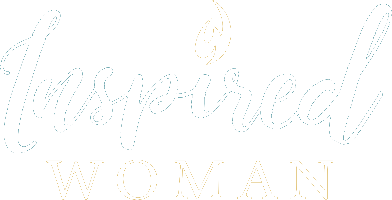By Pam Vukelic
“Medicines and surgery may cure, but only reading and writing poetry can heal.” – J. Arroyo, author
Poetry is enjoying a resurgence of popularity, and that’s especially true of young people (age 18-24). A recent National Endowment for the Arts survey found the percentage of readers in this age group who reported reading poetry in the previous year doubled from five years ago, and poetry books are one of the fastest growing categories of publishing.
Much of the popularity might be attributed to social media and the ability to easily share. A young Canadian poet, Rupi Kaur, regularly posts for her three million Instagram followers, and her books have sold millions of copies. Young people participate in poetry slams and Poetry Out Loud competitions, graded on criterion such as interpretation (i.e., the poet’s body movement, facial expressions, and gestures are consistent with and enhance the ideas and mood of the poem).
This pivot toward poetry as a more common reading choice can be good for us. I was surprised to learn that one can become a certified or registered poetry therapist. I’ve heard of music therapy and enjoyed getting to know Bobbie Jo at the Little Songbirds sessions my granddaughter Claire and I attended at our Veterans Memorial Public Library in Bismarck. But poetry therapy? Perie J. Long, registered poetry therapist, says, “The word therapy, after all, comes from the Greek word therapeia, meaning to nurse or cure through dance, song, poem, and drama.”
My book club recently had a special meeting to discuss the work of our nation’s current poet laureate, Tracy K. Smith, using her book “Wade in the Water.” Our club leader emphasized the same two rules that Betty Mills articulated in her article “Winter Stanza” printed in the March 2019 Inspired Woman magazine: read out loud and from one punctuation mark to the next.
Ms. Smith, a professor at Princeton University in New Jersey, sees her students using poetry to “grapple with questions on forced migration, shifting gender norms, the environment, mental illness, and technology — along with old standbys of love, loss, and the changing seasons.” She believes, “Poetry … offers them a necessary recourse to depth, strangeness, vulnerability, and imaginative possibility,” all of which are absent in typical modes of communication for young people (e.g., text messages and email messages).
Poetry therapy might involve using poems to help patients understand how others have dealt with issues at hand. Other benefits include promotion of self-reflection, validation of emotional experiences, and even giving the therapists deeper insight into what clients are struggling with.
A few poems commonly used for therapy purposes are:
“The Road Not Taken” by Robert Frost
“The Journey” by Mary Oliver
“Talking to Grief” by Denise Levertov
“The Armful” by Robert Frost
“I Wandered Lonely as a Cloud” by William Wordsworth
As I write this in April, National Poetry Month, I find this list of reasons* for reading poetry have validity:
• Poetry helps us know each other and build community.
• When read aloud, poetry is rhythm and music and sounds and beats.
• Poetry opens venues for speaking and listening.
• Poetry has space for English Language Learners.
• Poetry builds resilience in kids and adults and fosters social and emotional learning.
Poetry has the potential to impact readers at every age. Check out Jack Prelutsky’s collections of children’s poems or refresh your memory by recalling various types of poetry — a sonnet, haiku, ballad, or limerick. Discover poetry forms that might be new to you, such as erasure poetry, blank verse, quatrain, or jazz poetry. Try your hand at writing a poem. Perhaps your mom, sister, or niece would enjoy a book of poetry for Mother’s Day, and of course, don’t forget to share a poem with someone who could use your help to heal.
* edutopia.org
Mrs. Westby required us to memorize two poems in third grade. They were “The Woodpecker” and “M-O-T-H-E-R.” Third grade was a long time ago and I can still recite them.
Mother
M is for the million things she gave me
O means only that she’s growing old
T is for the tears she shed to save me
H is for her heart of purest gold
E is for her eyes with love-light shining
R means right and right she’ll always be
Put them all together they spell
MOTHER
A word that means the world to me.
By Howard Johnson and Theodore Morse (1915)
